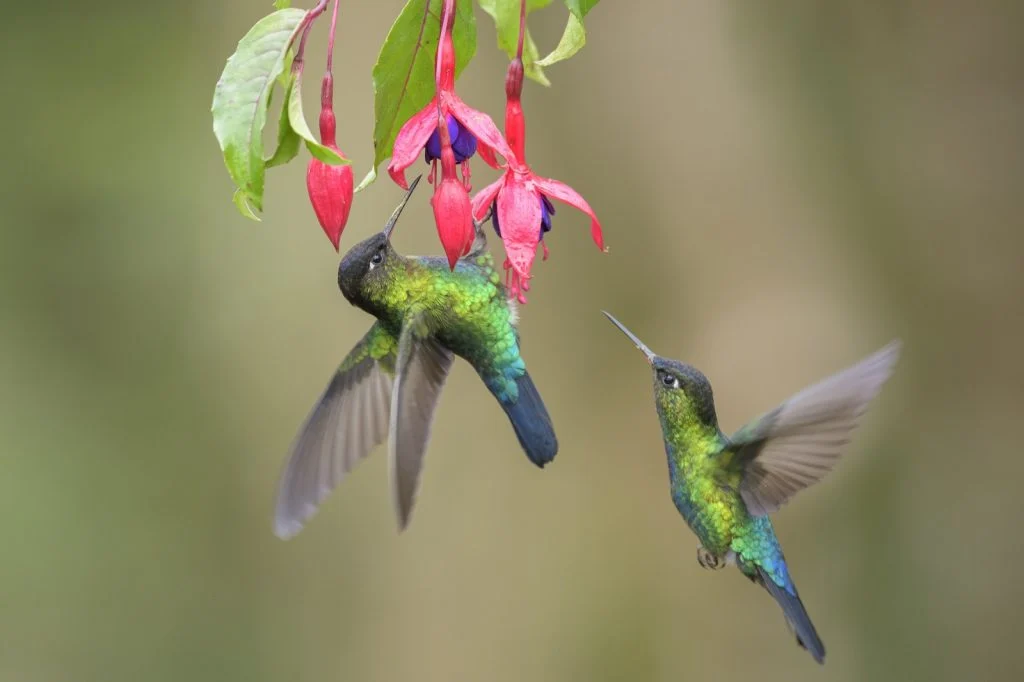
Are you a fan of hummingbirds and want to learn more about how to attract them to your garden? Perhaps you’re curious about their vision and what colors they prefer when visiting your backyard. Regardless of your reason for reading, this article will provide valuable information on the science behind hummingbird vision and what colors attract them.Although many people assume that hummingbirds are primarily attracted to the color red, there are actually several colors and methods to attract them. In the past, people often dyed nectar red to appeal to hummingbirds, but this practice is now considered harmful to the birds.In addition to discussing the dangers of red nectar, we’ll delve into the fascinating world of hummingbird vision and explore why they enjoy certain colors more than others. So whether you’re an avid birdwatcher or simply eager to create a welcoming environment for these beautiful creatures, read on to discover all you need to know about attracting and pleasing hummingbirds.
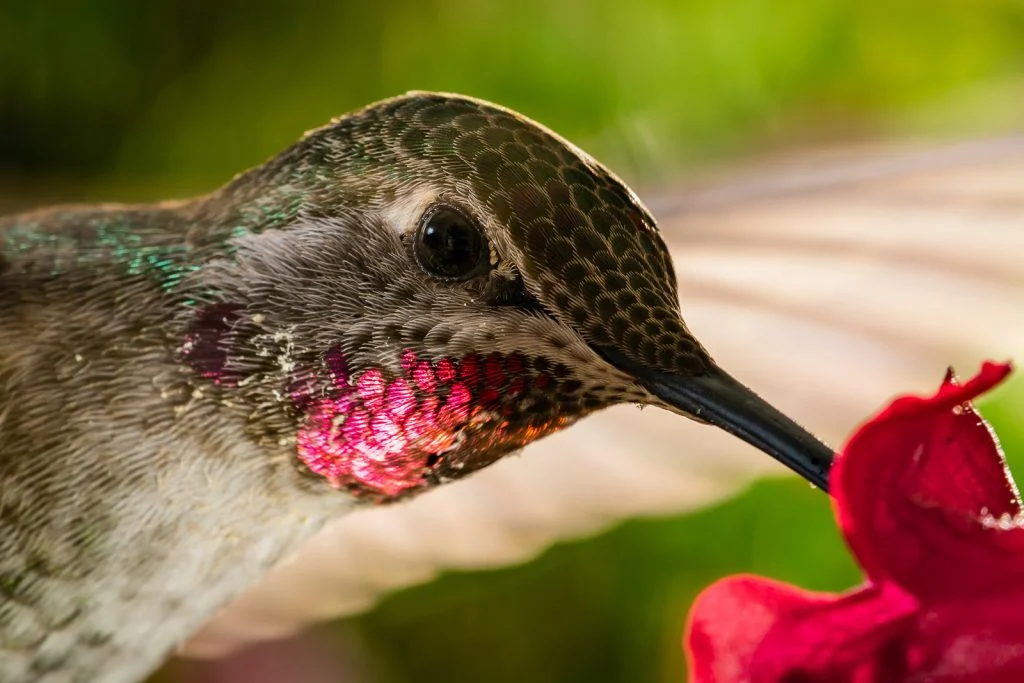
It’s common knowledge that the ability to see varies greatly among different animal species. Humans possess three cones in their retinas that allow us to detect a range of colors including the colors of the rainbow as well as purple, which is not included in the spectrum. Contrastingly, many animals only have two cones and are limited to seeing colors within the blue and yellow range, just like individuals who have color blindness.However, there are certain animals that have more rods in their eyes which enable them to see in broader and different ranges of light more efficiently than humans do. This doesn’t mean their vision is worse than ours; it simply means they see things differently. While we are able to see more colors, these creatures possess the ability to see in the dark or detect movement more effectively, which helps them adapt to natural environments and thrive.
The study of hummingbird vision dates back to the 1920s when researchers first observed their responses to natural flowers and later, commercial hummingbird feeders. Although conclusive evidence of their color preferences remains elusive, it has been discovered that these birds have a fourth cone in their eyes that enables them to perceive ultraviolet colors, which are beyond human perception due to our possession of only three cones.
Hummingbirds can detect ultraviolet light, as well as its combination with other colors such as red, green, and yellow. They can also distinguish between various shades and tints of the same ultraviolet color. A recent scientific study has confirmed this heightened color vision, where hummingbirds were trained to locate a feeder filled with sugar water using only ultraviolet light and different shades of ultraviolet colors.
This remarkable visual ability helps hummingbirds locate food, interact with colorful mates, and easily navigate their surroundings while avoiding predators. But why do they prefer the color red? That remains a mystery yet to be fully understood.
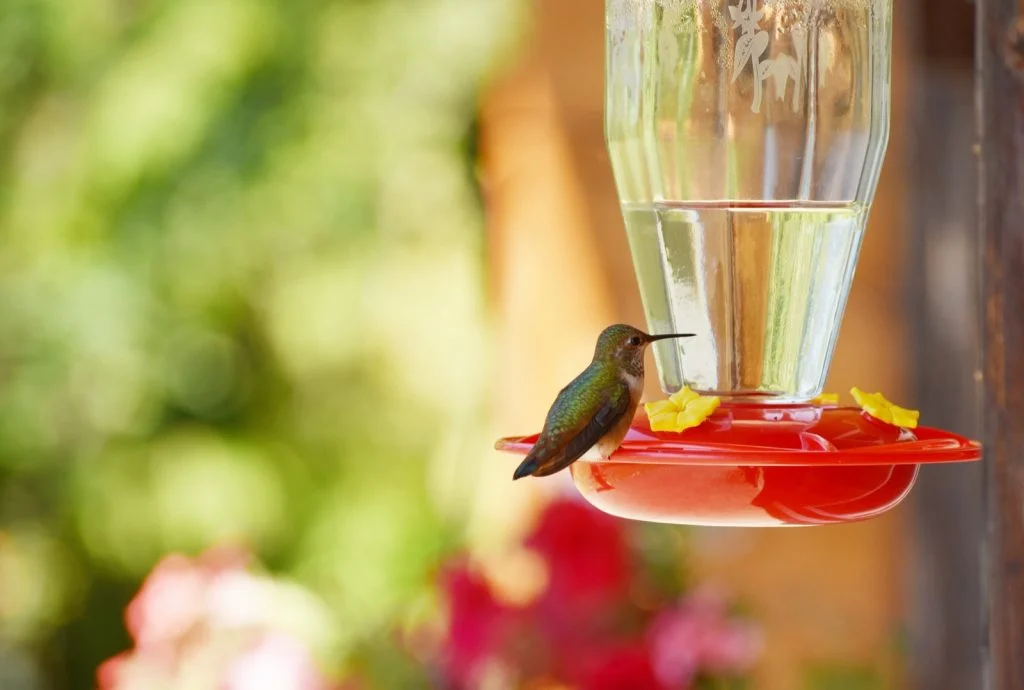
Hummingbirds have the unique ability to see ultraviolet light, which enhances warm colors like red, orange, and yellow. This means that these colors stand out to hummingbirds more than others, and there is an advantage in this for them. In their habitats, the flowers with the highest sugar content are usually red, which means that hummingbirds not only see red better but also associate it with the best food. However, hummingbirds can adapt to their environment and gravitate towards different colors of nectar-containing flowers.
While studies have determined that hummingbirds do not have a preference for color alone, factors such as location and availability of food can influence their feeder preferences. Therefore, colors such as blue, brown, and green can also signal food to hummingbirds and be attractive to them in the right situation. Overall, it’s important to understand that while red is a popular color for hummingbirds, it’s not the only color that attracts them.
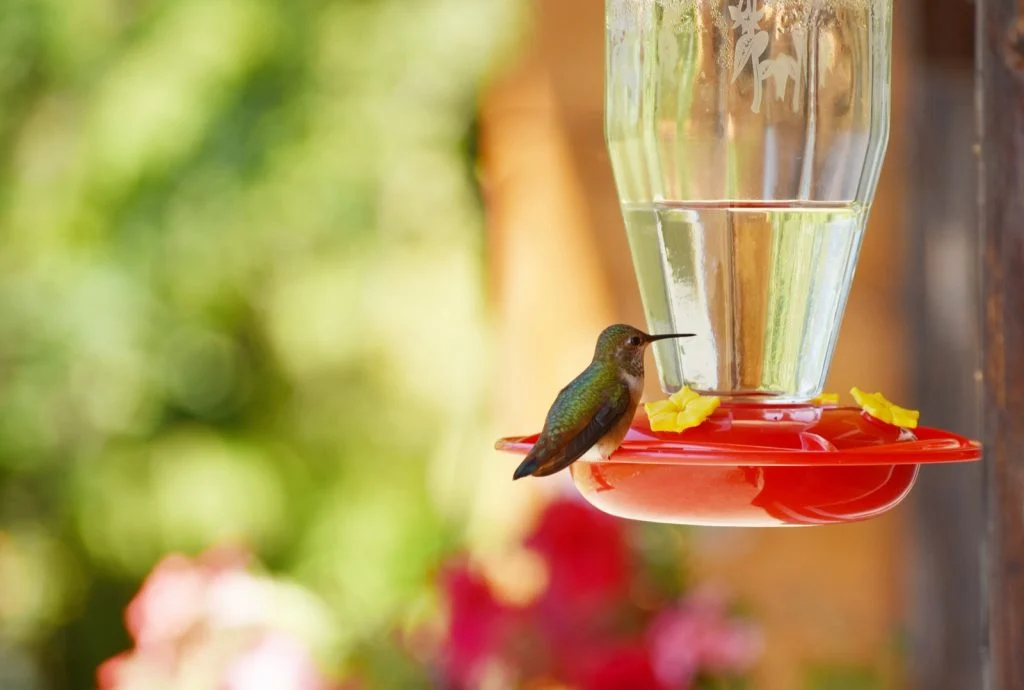
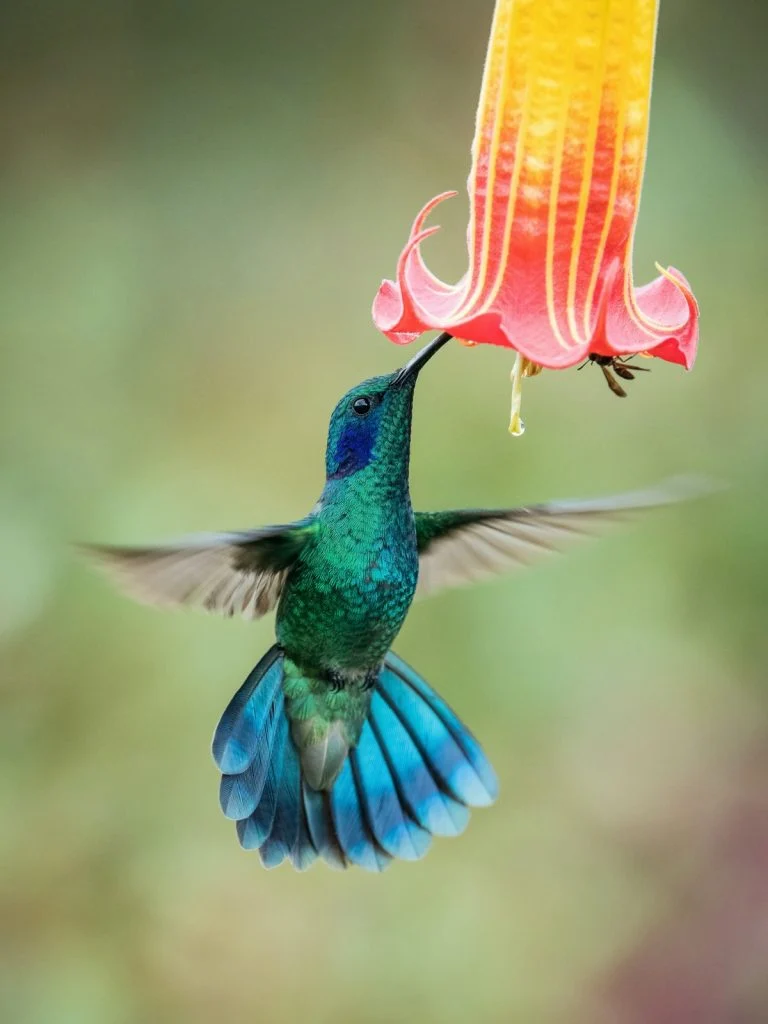
Do you know which colors attract hummingbirds? These little creatures use both their sense of sight and taste to find sweet nectar. While they have learned to associate red flowers with the sweetest nectar, they will come to any color feeder with equal frequency. So, if you opt for a feeder in a different color, they will still use it. However, providing them with a red feeder can act as an effective “Eat Here” sign. To make the feeding experience more comfortable, offer them a perch and select a feeder with tubular holes that mimic the flower experience. Many feeders also have flower-like shapes around the holes to make them seem more natural. Ultimately, hummingbirds will come wherever there is nectar, and selecting a well-designed feeder can make it a safer and more enjoyable experience for them.
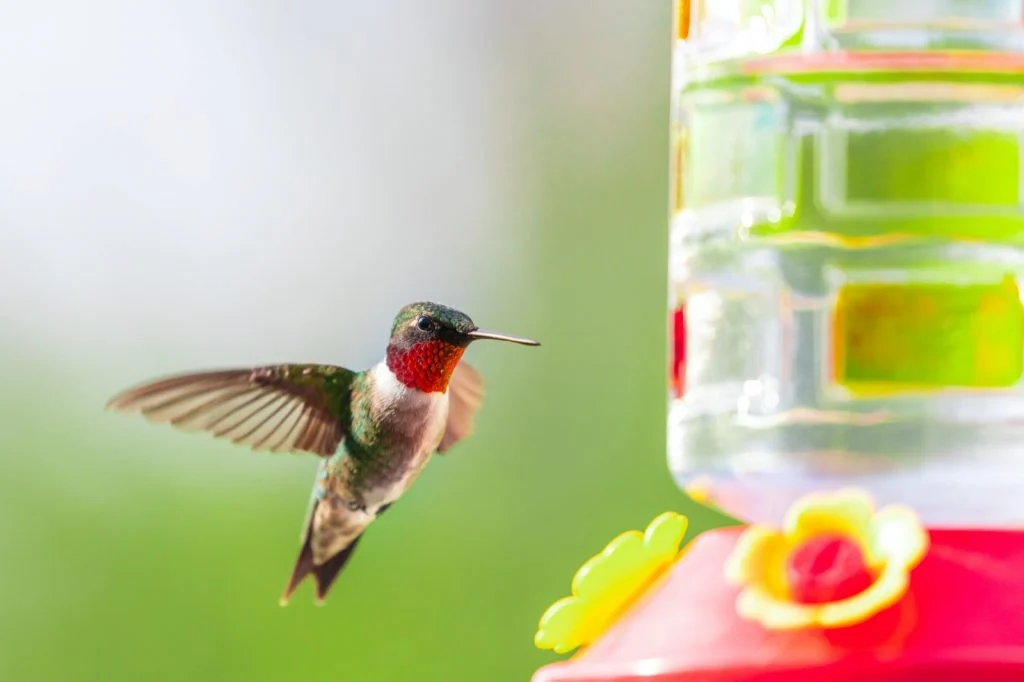
To attract hummingbirds, it’s a good idea to provide them with homemade sugar water nectar or carefully inspect store-bought nectar for any harmful ingredients. Keep the nectar fresh by changing it regularly and use a special moat to keep ants away from your feeder. Get ready to be amazed by these fascinating creatures and enjoy watching them in your garden.





